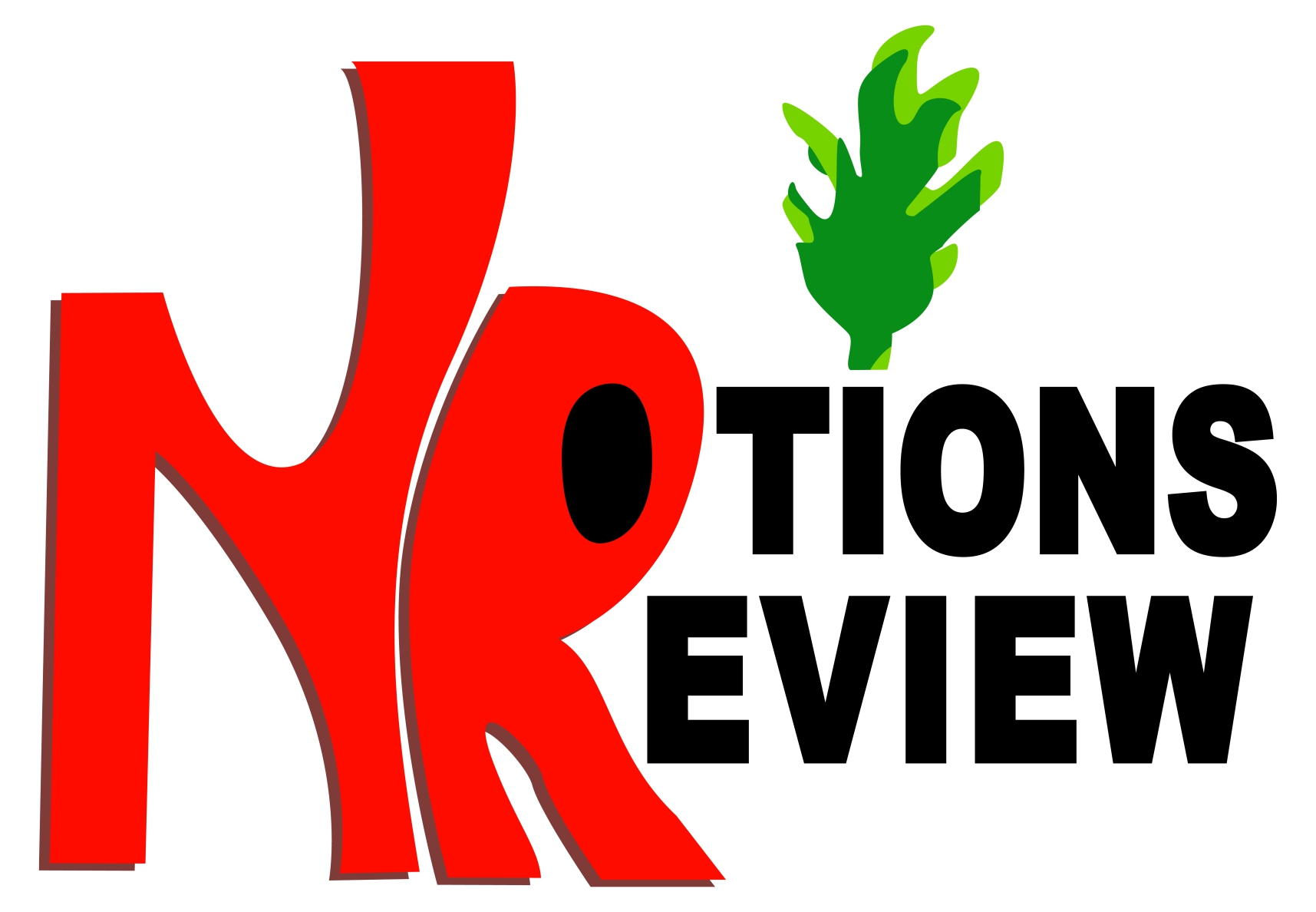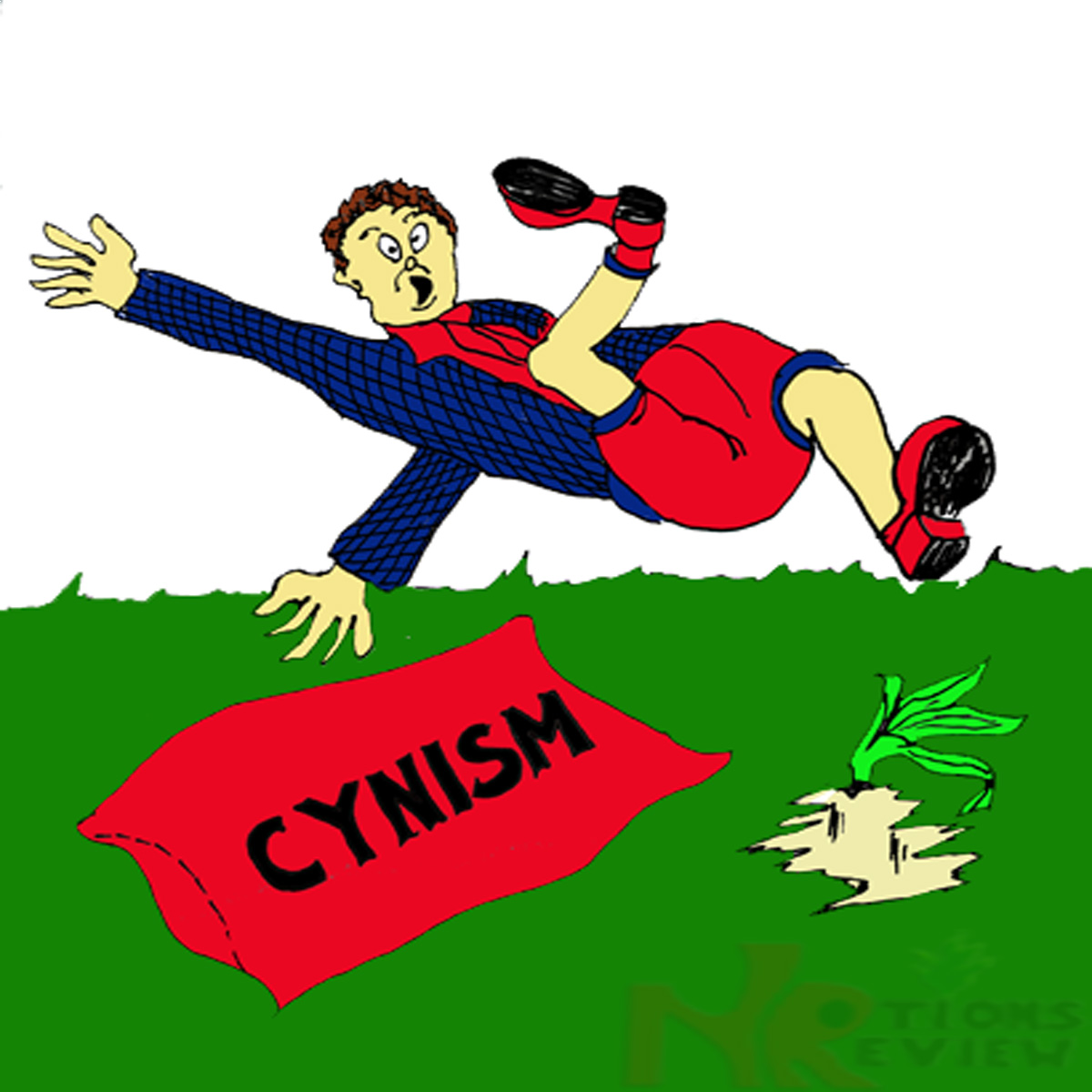A cynic is one who always expects the worst. In safety parlance, this cynic supposition is the firm base for planning. Planning for crazy suppositions should, therefore, be seen as proactive in safety rather than a cynic. This way of futuristic overview is like saving for a rainy day. Not that we wish for the bad days but in case they come, we should be able to stand the challenges. Such visionary approaches to life make life safer although for such preparedness we might need to commit some funds which might look like wasting money in the immediate. Just as we shield ourselves from the weather or hoodlums so can we shield our body parts and equipment against mishaps from work machines, materials or other shortcomings or carelessness― including ours.
The practice of safety requires much devoted time to look beyond every work proposal. This is like a creative appraisal of what could go wrong. The catalogue thus produced then forms the basis for putting defences against the eventual reality of the suppositions. These defences are also called barriers.
The “what can go wrong” approach is a safety practice reference document for the precautions required. The actual putting in place of such precautions is a step towards getting ready for the rainy day or the incident. This document is called the Job Hazard Analysis.
Once, while working at a worksite demolishing a narrow dilapidated jetty, it was reasoned that both a crane and an excavator would have to be positioned close together. This posed a problem of the collapse of the old jetty due to the combined weight of the machines, (one to break the deck in front and the crane to lift off cut portions). It was also realized that because the crane had to lift the cut portions from behind the excavator, the lifted portions pose a threat to the operator of the excavator as the load would be lifted over his equipment. A better option was to be proposed. But the devoted Christian who was the engineer on-site thought the thinking was evil to imagine such horrible things after Morning Prayer.
What he forgot was that faith without action is useless. Remove the risks you can remove and have faith thereafter that all will be well and not before.
This illustration is to demonstrate the misunderstanding of hazard analysis for the purpose of safety. It is not cynic thinking. Such thinking plays towards complacency and overconfidence. The best machines or equipment can fail suddenly but should such happen when lifting a heavy load, what are we to do? This then becomes a contingency plan of action forged out of the supposed cynical vision of failure.

